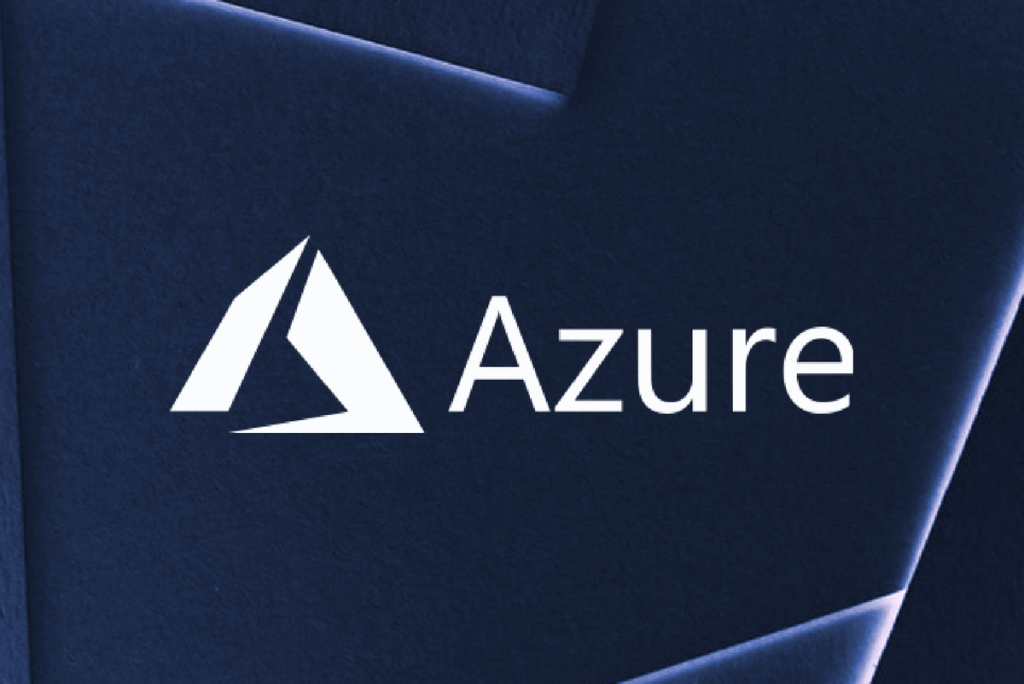
AWS is a complex platform with numerous services that support many different functionalities. E-commerce giant Amazon’s highly profitable division offers infrastructure and remote computing technology.
It allows businesses to use resizable compute capacity in data centers around the world. This diversified location helps keep your data safe from cyber attacks and on-site hardware failures.
What is AWS?
Cloud computing is the availability of a service like data storage or servers over the Internet rather than on your personal computer. AWS is one of the world’s biggest cloud providers and it’s transforming how applications are developed, deployed and hosted.
Its scalable platform supports both small and large enterprises on a pay-as-you-go model. AWS offers 200+ services, platforms and application programming interfaces (APIs) to support any workload, from virtual machine processing and hosting to content delivery and serverless functions. With a number of different availability zones around the globe, AWS allows customers to deploy their data across regions in order to increase redundancy and ensure that any failures don’t affect their business-critical applications. The company has also pioneered serverless computing with Amazon Lambda, which allows developers to run code without having to worry about managing infrastructure. This enables them to innovate faster and scale their business operations to a whole new level. AWS also offers a wide range of technical information, best practices and guides to help its users get started with the platform.
Why AWS?
AWS has a wide range of services that can be used to build and scale any IT-based applications. This makes it a good choice for businesses of any size, from the newest start-up to a Fortune 500 company.
With no bandwidth or storage limits, companies can quickly grow and expand without worrying about their IT infrastructure. AWS also offers a pay-as-you-go pricing model, so you can only use as much of each service as your business needs without having to worry about paying for resources that you don’t.
The Amazon cloud is a secure platform with multiple data centers across the globe. Each data center is divided into distinct “availability zones” that are physically separated from each other but are logically connected to each other. This allows AWS to offer redundancy that would otherwise be cost prohibitive for many enterprises. This level of security helps ensure that any disaster recovery plan can be implemented and that your information is safe even if something goes wrong.
AWS Pricing
AWS offers a pay-as-you-go approach for its 160+ cloud services, and you only shell out for what your application requires. The company also has a number of different pricing methods, including reserved instances and savings plans, that help you budget for your cloud spend.
Reserved instances offer a significant discount on hourly usage charges, but require you to predict your capacity needs in advance. You commit to terms of one to three years, and may qualify for additional discounts based on your forecast.
Spot instances are spare capacity that you can purchase at a discounted rate, up to 90% off the On-Demand price. They are best suited for workloads that can cope with unexpected termination, like batch processing. This model gives you the flexibility to scale up or down quickly, and it’s a cost-effective solution for disruption-tolerant applications.
AWS Security
AWS security measures protect your cloud data and applications from threats that could result in a breach or theft. These include implementing multifaceted authentication and authorization, centralizing logs, and using a secure password storage solution. In the event of a threat, you should have an incident response plan in place that will minimize the amount of work required to get operations up and running again.
Misconfiguration is a common cause of data breaches in the cloud. This can range from accidentally allowing all Internet traffic to an EC2 instance to making an S3 bucket with confidential information publicly accessible. The best way to prevent these mistakes is by utilizing compliance tools that monitor and alert for insecure configurations. Additionally, establishing guardrails through service control policies (SCP) can help ensure that users have only the permissions they need and reduce the likelihood of unauthorized access. Lastly, it’s important to rotate access keys and remove any permissions that aren’t being used on a regular basis.